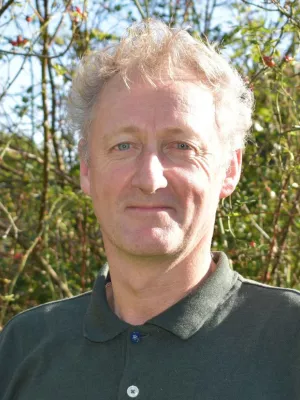
Mark Brady
Policy officer

Joint Production of Food and Wildlife: Uniform Measures or Nature Oases?
Author
Summary, in English
Intensive agriculture is often bad for wildlife. Does this imply that a goal to boost wildlife on agricultural land is best met through a general reduction in intensity? We argue that such an approach may not be optimal, since cost functions for provision of wildlife on agricultural land may be non-convex, due to fixed costs associated with such provision. This implies that, even when farms are identical, it may be preferable to split them into groups of high providers and low providers. We test our hypothesis in a study of the optimal management of mown grasslands in southern Sweden, where the two products are silage and successful reproduction of ground-nesting birds, and the variable controlled by the farmer is the date of the first mowing. We show that the optimal solution is likely to involve some farmers maintaining profit-maximizing practices while other-identical-farmers delay their first mowing significantly. The superiority of such split solutions may have major implications for agricultural policy.
Department/s
- Biodiversity
- BECC: Biodiversity and Ecosystem services in a Changing Climate
- Biodiversity and Conservation Science
Publishing year
2014
Language
English
Pages
187-205
Publication/Series
Environmental and Resource Economics
Volume
59
Issue
2
Document type
Journal article
Publisher
Springer
Topic
- Ecology
Keywords
- Agriculture
- Biodiversity
- Ecological-economic modelling
- Land sparing
- Land sharing
Status
Published
Research group
- Biodiversity and Conservation Science
ISBN/ISSN/Other
- ISSN: 0924-6460